Your chickens will need properly formulated chicken feed that is the correct type for their age, for growth, sustenance and to produce eggs if they are hens of egg laying age. There are many old wives tales and alternative views on feeding, some say it’s marketing that has created all of these feeds and hens will survive well on wheat and others will say their grandad never had layers pellets and just fed his hens kitchen scraps! Formulated poultry feeds didn’t exist until recently, primarily created thanks to commercial research on hens diets as we tried to squeeze more and more eggs out of hens.
In days gone by though when ‘grandad fed scraps’, pure breeds were kept for eggs and they were fed grain mixes or dried mash chicken feed that had meat or fish meal added to increase the protein content. Hens would free range over a large area and could also supplement their diet with what they could forage. Bugs, insects and worms are all valuable sources of protein, not forgetting a good selection of greens providing vitamins and minerals.
“Grandad’s chickens didn’t get chicken feed and survived on kitchen scraps but they could free range to top up their diet on protein, vitamins, minerals and calcium from the fields or orchards they grazed. They didn’t produce anything like the number of eggs modern hybrid hens or some pure breeds produce.”
So in short, if you don’t feed a proper formulated layers feed to your hens, they won’t be able to keep up the demands that egg-laying puts on their bodies.
Layers Feeds and Protein
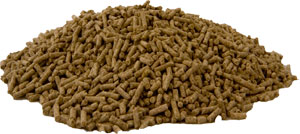 Chickens require protein to produce feathers and eggs as well as to grow. The amount of protein in their diet is important and you will see on the ingredients on the back of bags of commercial feeds the percentage of protein that they contain. It is higher in ‘Growers Pellets’ for example to enable chickens to grow and produce feathers. You will find that chickens stop laying eggs when they moult (lose their feathers and regrow new) as they are diverting protein from egg production to feather production. During the moult, you can scatter a handful of cat kibble in the run which helps them to top up with protein. Do not use dog food as most of the protein is derived from cereals.
Chickens require protein to produce feathers and eggs as well as to grow. The amount of protein in their diet is important and you will see on the ingredients on the back of bags of commercial feeds the percentage of protein that they contain. It is higher in ‘Growers Pellets’ for example to enable chickens to grow and produce feathers. You will find that chickens stop laying eggs when they moult (lose their feathers and regrow new) as they are diverting protein from egg production to feather production. During the moult, you can scatter a handful of cat kibble in the run which helps them to top up with protein. Do not use dog food as most of the protein is derived from cereals.
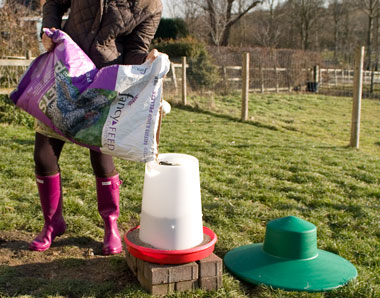
Commercial feeds contain the right balance of nutrients & can be fed ad-lib in hoppers if kept dry. This one has a rain hat.
Commercial chicken feeds have been well researched and contain the correct balance of minerals and nutriets required by chickens as well as sufficient protein and calcium which is essential for egg shell production. Layers pellets for example are around 16% protein. Wheat is about 10% protein and lacks essential vitamins that are required by chickens.
Formulated feeds come as pellets or mash and should be fed ad-lib so hens can take what they want as they need it. This type of feed must be kept dry or it will soon spoil. The feeder and rain hat shown above is the only sort I have found that really does keep the feed dry. Most have a hole in the top of the hat for a handle or for hanging and this lets water in. A feeder and rain hat similar to this one can be bought from Omlet.
Eggs are made up of around 80% protein so if there’s a shortage of protein in their diet, egg laying will be the first thing they your girls cut back on!
There is more information on the poultykeeper.com site which has a very good page of feeding chickens and chicken feed.
Mixed corn
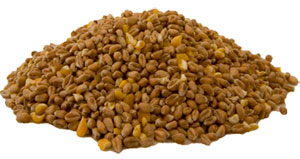 Mixed corn is usually 80 to 90% wheat and 10 to 20% maize. It is useful as a scratch feed, it keeps hens active, scratching around looking for it but should only be considered a treat. A handful per hen thrown late afternoon helps them to have a full crop overnight.
Mixed corn is usually 80 to 90% wheat and 10 to 20% maize. It is useful as a scratch feed, it keeps hens active, scratching around looking for it but should only be considered a treat. A handful per hen thrown late afternoon helps them to have a full crop overnight.
The maize (yellow in colour) is very fattening but can be useful during very cold weather to help your hens keep warm – I increase my girls’ ration of corn when it is cold over the winter, after they have finished moulting (they need lots of protein during the moult) since they are not laying eggs and need a little extra fat to burn in order to keep warm.
If you feed too much corn, your hens will get fat and fat hens don’t lay eggs!
Household scraps
Feeding household scraps is no longer allowed according toi DEFRA and can be a bit hit and miss anyway. You don’t really know what a hen is getting and the diet is very unbalanced. It is for this reason that scraps used to be mixed into a mash by using layers mash and water (which can be warm in winter). The mixture should be a sort of crumbly mix, not too wet but not too dry. Feeding scraps should be limited to at most 25% of a hens diet so as not to tip the balance too far one way or another.
Greens
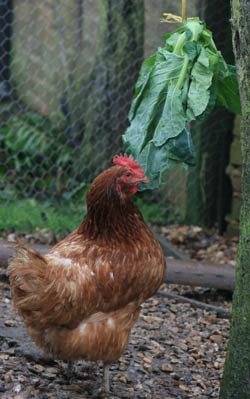 Ample green stuff should be provided for your hens. Grass cuttings, weeds and off-cuts from cabbages, cauliflowers and other greens can be provided at minimal cost. Lettuce should be fed in moderation because it has very little nutritional value (very little Protein and Energy / Calories) and avocado pear is poisonous to hens but most other greens that come from the kitchen will be appreciated by your girls. Try hanging greens in their run, just a little higher than they can reach. As they eat them, they will need to jump to get the last bits so will be getting exercise at the same time as their greens! Win-win!
Ample green stuff should be provided for your hens. Grass cuttings, weeds and off-cuts from cabbages, cauliflowers and other greens can be provided at minimal cost. Lettuce should be fed in moderation because it has very little nutritional value (very little Protein and Energy / Calories) and avocado pear is poisonous to hens but most other greens that come from the kitchen will be appreciated by your girls. Try hanging greens in their run, just a little higher than they can reach. As they eat them, they will need to jump to get the last bits so will be getting exercise at the same time as their greens! Win-win!
If you have an area in which you can grow cabbages in your garden, it may be worthwhile thinking about growing a row for the winter. Cabbages will sit there in the cold, perfectly preserved until picked. You will need to keep them covered with fleece when there are cabbage white butterflies around but don’t worry if they are a little eaten, the chooks won’t mind!
Mealworm treats
Many chicken keepers like to buy mealworms or chicken treats containing these. Chickens love these and are easily tamed by using such tasty treats, however you should keep in mind that animal by-product regulations mean that mealworms are not really allowed to be fed to poultry.

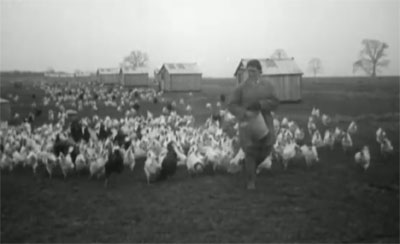
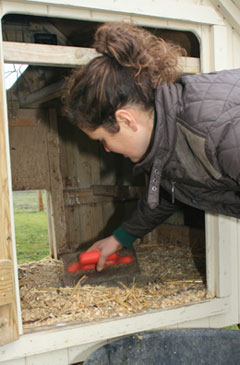
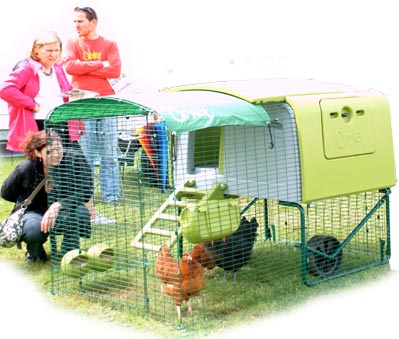
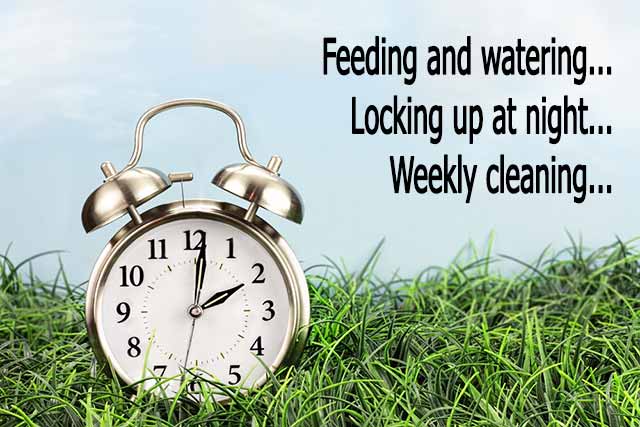
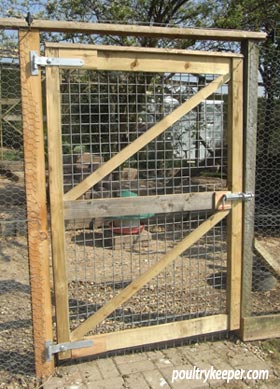
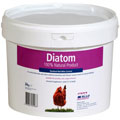
we have 4 hens, bought ready to lay, they were about 16 weeks old when we had them (had them about 4 weeks ago), one of them started laying approx 10days later, 1 egg every other day, another has started, things are going well! I understand they are ready to lay when the combs get redder? I scatter their feed should Iput it in a feeder?or just put layers pellets in feeder, kept topped up? and scatter the mixed corn?
Do you know anything about keeping quails?
Keep the pellets dry in a weatherproof feeder or hang a feeder in the coop if you have room.
Scatter no more than a handful of mixed corn per bird for them to find.
Yes, the comb will go bright red on hens in lay.
It’s harvest time at work and we are cutting winter barley. Will this be ok to feed chickens as a treat.?
No, Barley isn’t good – I believe it needs soaking or processing in some way first… Also the trouble is Chickens really need higher protein than cereals on their own can provide – animal protein being what they really need (although DEFRA have put a stop to most of these now and Soya is used I believe).
What would be the perfect combination of vegetables to grow as feed for egg laying chickens, so they will not need any extra feed? (short of supplying oyster shells)
If they are eating so much vegetables, do they still need water?
What about winter? What is the good combination of veggies for winter. (Beside cabbage, kale, turnip. is that enough to supply their protein?)
Chickens always need fresh water.
As for vegetables, I give mine most greens I grow but also corn on the cob as a treat. Maize is fattening though so I don’t overdo this. I don’t believe they can get sufficient protein from vegetables or cereals alone (they fill up before they have had sufficient). This is why a high protein source is usually added to commercial feeds, sometimes derived from soya.
Feeding chickens from home grown rations isn’t an area I have investigated much. Without the right diet, the egg numbers suffer so I always feed a commercial feed and top that up with lots of greens.
We’ve had 2 laying hens from a small free range flock, for a week. They have free run of the large veg garden & scratch happily all day; but fall on their mash as though starved in the evening. I have bought a sack of mash; how much should I give them? and should it be evenings? They have laid each day.
Layers Mash / Pellets should be available ad-lib in containers throughout the day really – this will allow them to fill up on a feed that has sufficient protein. Chickens can only eat so much and the protein requirements of modern hens is higher than they can get free range.
We have 3 chicks now 4 weeks old and still with Mum who is still happily protective of them, until now she has been eating the chick crumbs with the little ones and is going through a mini-moult of her own (her 2 grown up sisters have been more majorly moulting), Mum and the little ones have a house and free range area of their own but I’m concerned that Mum is not getting enough to eat as she is feeling a lot slimmer than before she was broody, will she be ok on Growers pellets as I start to change the little ones from crumbs to growers? Otherwise what can I give her to increase her food intake which will not affect the others?
Also is there any limit to how long I can keep them all together, I’m hoping to leave them until Mum wants to return to the other side, especially as I had to separate them all as Mums 2 sisters were being too vicious with both her and the chicks.
If you hang a feeder at a height where mum can reach it, but the chicks can’t, there’s no need to change her diet.
She really needs layers pellets rather than crumb or growers pellets.